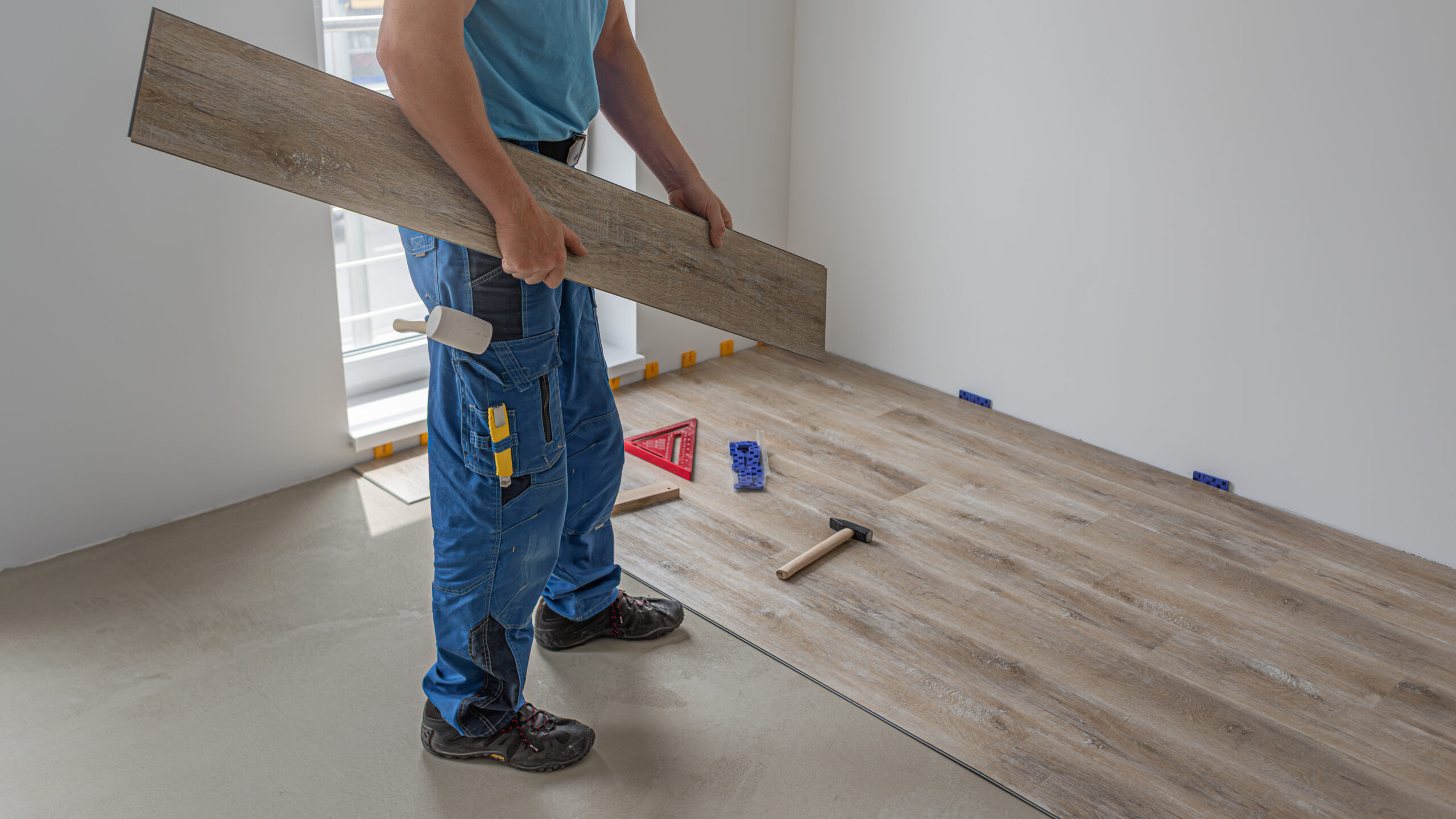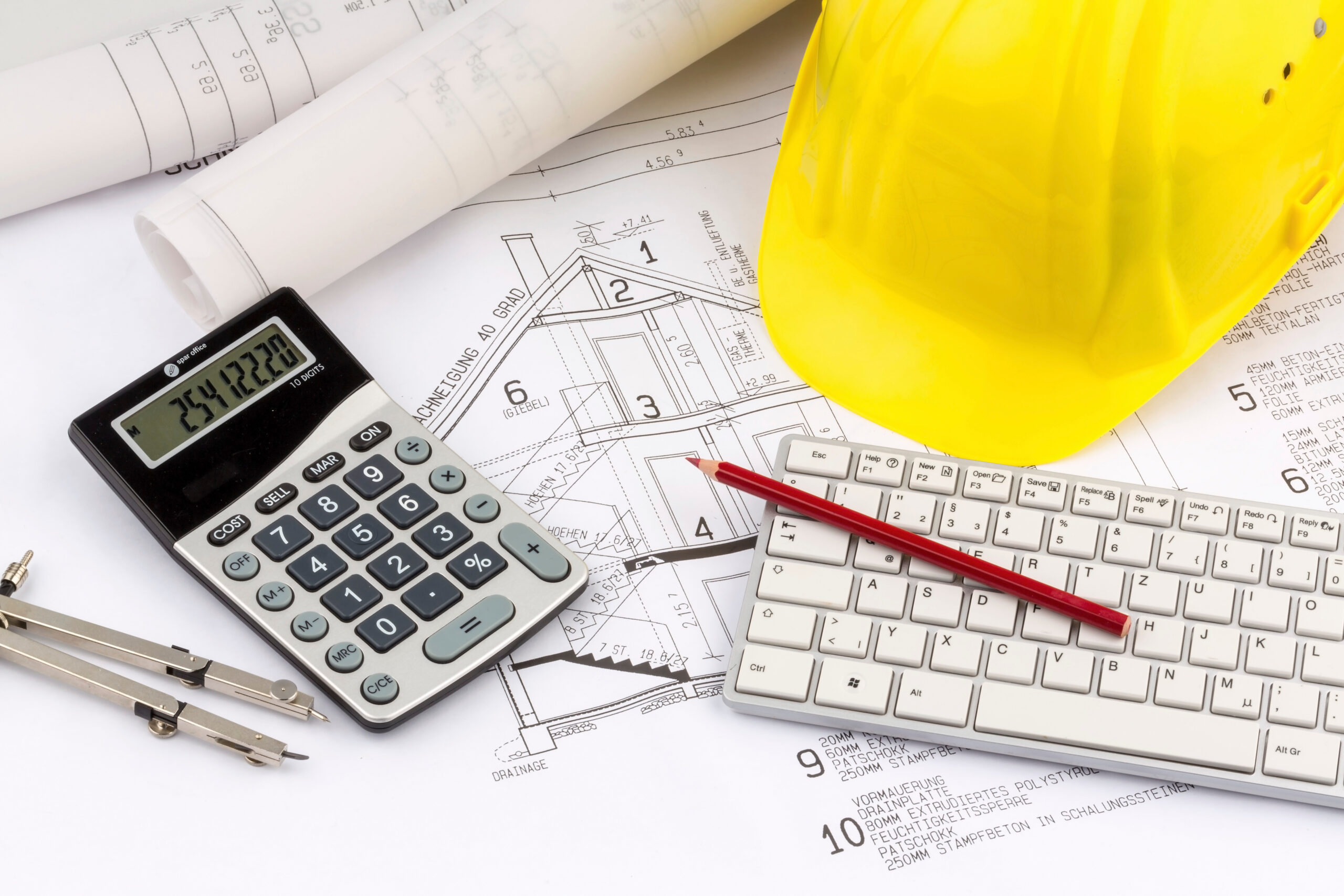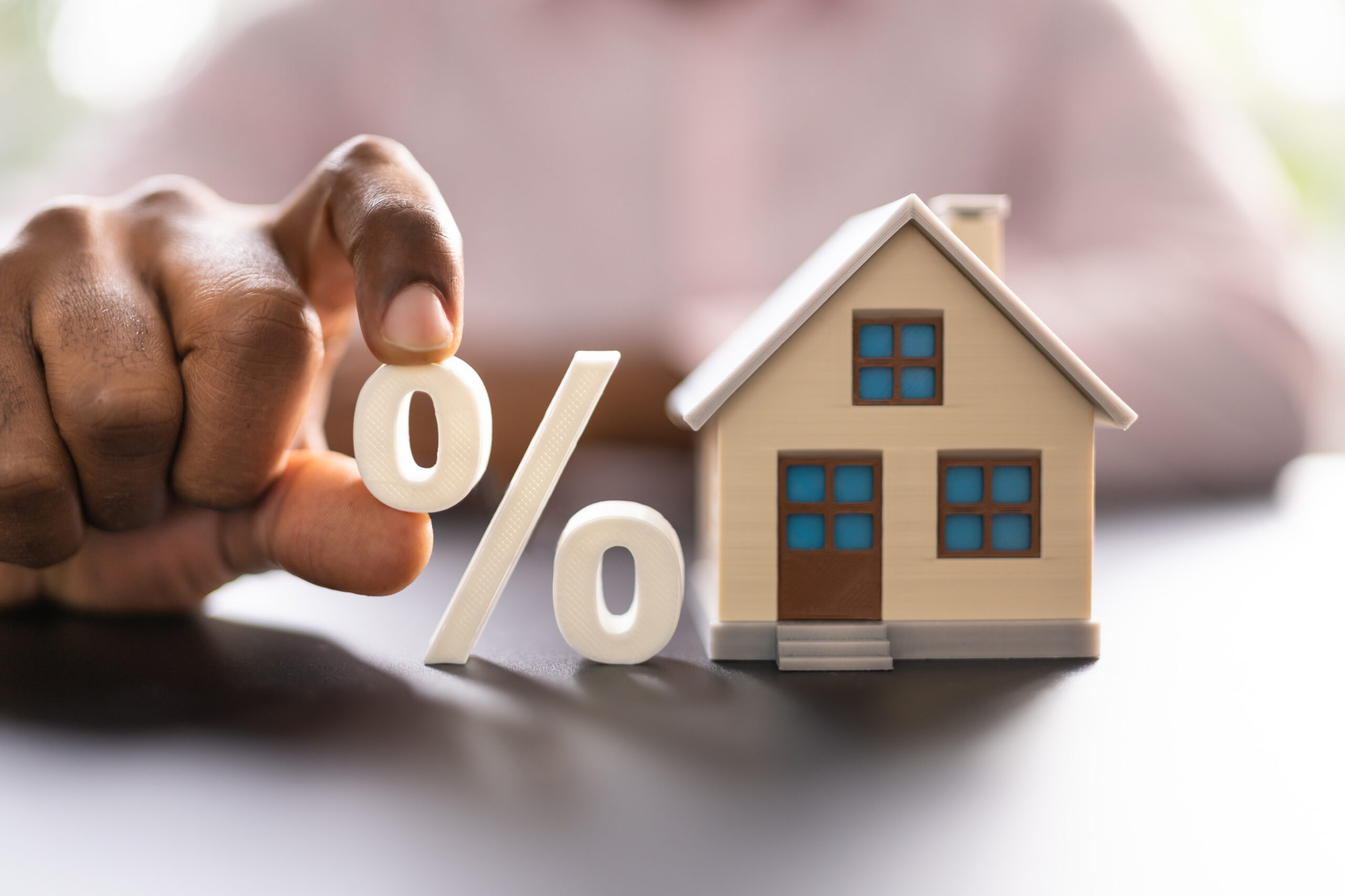How does attainable homeownership strengthen the economic foundation of local communities? What role does homeownership play in building safer and more connected local communities? Can attainable housing help essential workers stay rooted in the local communities they serve?
Attainable homeownership delivers far-reaching benefits that extend well beyond the front door, transforming local communities both economically and socially. When families own homes within their means, they spend more locally, stabilize tax bases, and help fund essential public services such as schools, parks, and safety infrastructure. The result is a stronger, more resilient network of local communities where economic growth circulates from the ground up, empowering small businesses and strengthening civic pride.
At its core, attainable homeownership builds social capital. Homeowners are more likely to volunteer, vote, and engage, creating safer and more connected local communities. It also anchors essential workers—such as teachers, nurses, and first responders—close to where they serve, thereby improving both the quality of life and community resilience. In this blog, we explore how attainable housing is more than a property investment—it’s an investment in people and the enduring strength of local communities.
When most people think about homeownership, they picture an individual milestone.
They think of the moment a young family gets their first set of keys, unpacks their boxes of memories and belongings, and begins building a life in a place they can truly call their own. But from my decades in homebuilding, I can tell you that the impact of that one moment extends far beyond the front door.
Homeownership doesn’t just transform the buyer; it transforms the entire community. It supports local economies, funds better public services, and creates safer, more stable neighborhoods for generations to enjoy. It’s the foundation on which thriving towns and cities are built.
When we talk about attainable homeownership, we’re referring to homes priced within reach for middle-income earners and essential workers—the teachers, nurses, first responders, and young professionals who make local communities work—it’s a different ballgame than affordable housing. These are the people who too often get priced out of the very places they serve.
At Homes Built For America, we believe attainable homeownership is one of the most powerful tools for creating healthy, vibrant, and equitable communities. The ripple effect is undeniable, and I’ve seen it play out in real-time over and over again. In this blog, I’ll walk through some of the key ways attainable housing strengthens local economies, supports public services, and builds a foundation for generational stability and social resilience.
Table of Contents:
Funding Public Services & Infrastructure
Building Safer, Stronger Neighborhoods
Creating Generational Wealth and Stability
Retaining and Supporting Essential Workers
The True ROI: Quality of Life and Community Resilience
Strengthening Local Economies
Every new homeowner is an investor, not just in their own property, but in the economy and local communities around it.
Homeowners spend more locally. They buy furniture, appliances, landscaping materials, and household goods from nearby businesses. They eat at local restaurants, hire neighborhood contractors, and participate in community events. This is especially true for millennials and Gen Z, both of whom expressed that supporting local businesses is extremely important to them, according to research from Finance & Commerce. These spending patterns ripple outward, creating new jobs, supporting small businesses, and driving steady, sustainable growth.
Economists call this the multiplier effect—every dollar spent by a homeowner circulates through the community multiple times. A purchase at a local hardware store supports not only the business itself, but also its suppliers, employees, and the broader local tax base. Over time, these microtransactions add up to measurable economic stability for the area.
In my experience, when attainable homeownership expands, local economies thrive. Small businesses see more consistent revenue, tradespeople find steady work, and city centers gain renewed energy. It’s a complete refresh of the area, getting people excited to be in the town or city again. And this isn’t just abstract economic theory. It’s the tangible result of people putting down roots, investing in their neighborhoods, and taking an interest in their local communities and fellow neighbors.
When homeownership is out of reach, that stability disappears, and instead of a refresh, you see communities start to go stale. Renters are more transient by necessity, and dollars flow out of the community instead of circulating within it. Attainable housing reverses that trend. It anchors families, supports entrepreneurship, and builds the economic backbone every strong community needs to thrive long-term.
Funding Public Services & Infrastructure
Every time a new homeowner buys a house, they’re investing in their community’s future, whether they realize it or not.
Property taxes are a critical funding source for local governments. They pay for the services that make communities livable and safe, such as:
- Schools that educate and support the next generation.
- Roads and utilities that keep neighborhoods functioning and connected.
- Parks and recreation spaces that strengthen quality of life and encourage togetherness.
- Police, fire, and emergency services that protect residents on a daily basis.
When more people own homes, the tax base diversifies and strengthens, reducing the financial strain on long-time residents and allowing municipalities to invest in forward-looking infrastructure. This creates a positive feedback loop: Better schools attract more families, safer streets increase property values, and vibrant public spaces draw new investment. When it comes to local communities, everything is connected.
Attainable housing is especially important here because it expands the pool of contributors to this system, bringing in middle-income homeowners who might otherwise be locked out of ownership for one reason or another.
In short, attainable homeownership isn’t just good for individual families. It serves as a fiscal stabilizer for entire cities.
Building Safer, Stronger Neighborhoods
One of the most profound effects of homeownership is the sense of stability it creates. When people own their homes, they stay longer, care more deeply, and engage more intentionally because they feel a sense of belonging and purpose.
Long-term residents form deeper connections with their neighbors. They look out for each other’s kids, notice when something’s out of place in the front yard, and build a shared sense of responsibility for the safety and upkeep of the area. And a lot of times, this happens naturally. There’s no need for a neighborhood watch when people genuinely feel invested in their local communities and the people around them.
Local communities with higher homeownership rates consistently report outcomes such as:
- Safer neighborhoods and lower crime rates.
- Stronger school participation.
- More volunteerism and civic engagement.
- Greater voter turnout and community advocacy.
From my perspective, this isn’t a coincidence; it’s human nature. When people have something to protect, they protect it. When they feel rooted, they invest in keeping that community safe, beautiful, and connected.
I’ve walked through neighborhoods that were struggling years ago, only to see them completely transformed after attainable housing was introduced. The difference isn’t just in the homes, but in the energy, the pride, and the sense of belonging that starts to take shape when people know they’re home for good.
At Homes Built For America, we see this transformation happen with every new community we develop. But it’s important to note that our goal isn’t just to build houses; it’s to create places where people can grow together, generation after generation.
Creating Generational Wealth and Stability
For most families, homeownership is the single greatest opportunity for them to build wealth. It’s a reliable, time-tested way to create financial stability and pass on resources to the next generation.
When families own their homes, they build equity with every mortgage payment. Over time, that equity becomes the foundation for other opportunities such as funding education, starting small businesses, or creating a safety net for the unexpected.
Attainable housing ensures that this wealth-building opportunity isn’t limited to the top of the income ladder. It opens doors for middle-income families who might not qualify for subsidized housing but still struggle to compete in inflated real estate markets where the wealthy and cash buyers typically reign supreme.
A family that buys an attainable home today could see their equity double over a decade, creating the financial footing that allows their children to dream bigger, whether that be attending college, starting companies, or even investing back into the same local communities that helped them succeed.
Generational wealth isn’t just about money. It’s the ultimate form of stability. It’s about breaking the cycle of housing insecurity and creating conditions where families can plan for the future, rather than merely surviving the present and getting by.
When attainable homeownership expands, entire communities become more resilient. Economic downturns are less devastating, mobility improves, and local economies rebound faster.
Retaining and Supporting Essential Workers
Few issues hit closer to home for me than this one. Across California and other high-cost regions, I’ve seen countless teachers, nurses, firefighters, and police officers commute hours every day because they simply can’t afford to live where they work. Or, they get priced out of the communities that really mean something to them, and are forced to find work and housing elsewhere.
That’s not just inconvenient; it’s unsustainable.
Communities rely on essential workers to function, yet the lack of attainable housing drives them farther away from the places they serve. This disconnect erodes community relationships and weakens local resilience.
But attainable homeownership can change that. It allows the people who keep our communities running—the ones who teach our kids, care for our families, and protect our neighborhoods—to actually live among us.
The benefits are significant. Think better relationships, faster emergency response times, and a stronger sense of community trust.
This principle guides a lot of our development choices at Homes Built for America. We focus on move-in-ready homes in locations that make sense, such as near schools, hospitals, and job centers, so that essential workers can stay rooted in the communities they strengthen and feel connected to.
The True ROI: Quality of Life and Community Resilience
The real return on investment of attainable homeownership can’t be measured just in dollars. It’s measured in quality of life, which may be a challenging metric to track, but it’s in the sense of belonging, stability, and shared pride that spreads through a community when people feel secure in where they live.
When residents own their homes, they’re more likely to volunteer, vote, and advocate for improvements. They take care of parks, support local schools, and help build a culture of trust and accountability that actually lasts. These are the social bonds that make local communities not just livable, but thriving and vibrant.
I often say that attainable housing is infrastructure, and it’s just as critical as roads, water systems, or power lines. Without a stable housing foundation, everything else starts to weaken. Workforce shortages intensify. Local economies stagnate. Families move farther away in search of affordability, fracturing communities in the process. The negative impacts have a ripple effect that reaches far and wide.
But when people can afford to live where they work and serve, everything changes. The economy strengthens. Schools improve. Small businesses grow. And neighborhoods become places where people truly feel like they belong.
That’s the real ROI of attainable housing: healthier, safer, more resilient communities that stand the test of time.
Conclusion
After more than three decades in the homebuilding industry, I’ve learned that what we’re really building isn’t just houses, it’s opportunity. Every attainable home represents a family’s future, a child’s stability, and a community’s strength. It’s ripe with opportunity.
In my day-to-day work, I take that responsibility seriously. Our mission has always been to deliver homes that create memories, stability, and futures, especially for first-time buyers and working families in high-cost markets who are just trying to have a chance at the American Dream.
When more people can afford to own homes where they work, serve, and congregate, communities become more stable, prosperous, and connected. The economic benefits are clear. The social benefits are lasting. But it’s the human benefits—the pride, safety, and the sense of belonging that really define success.




